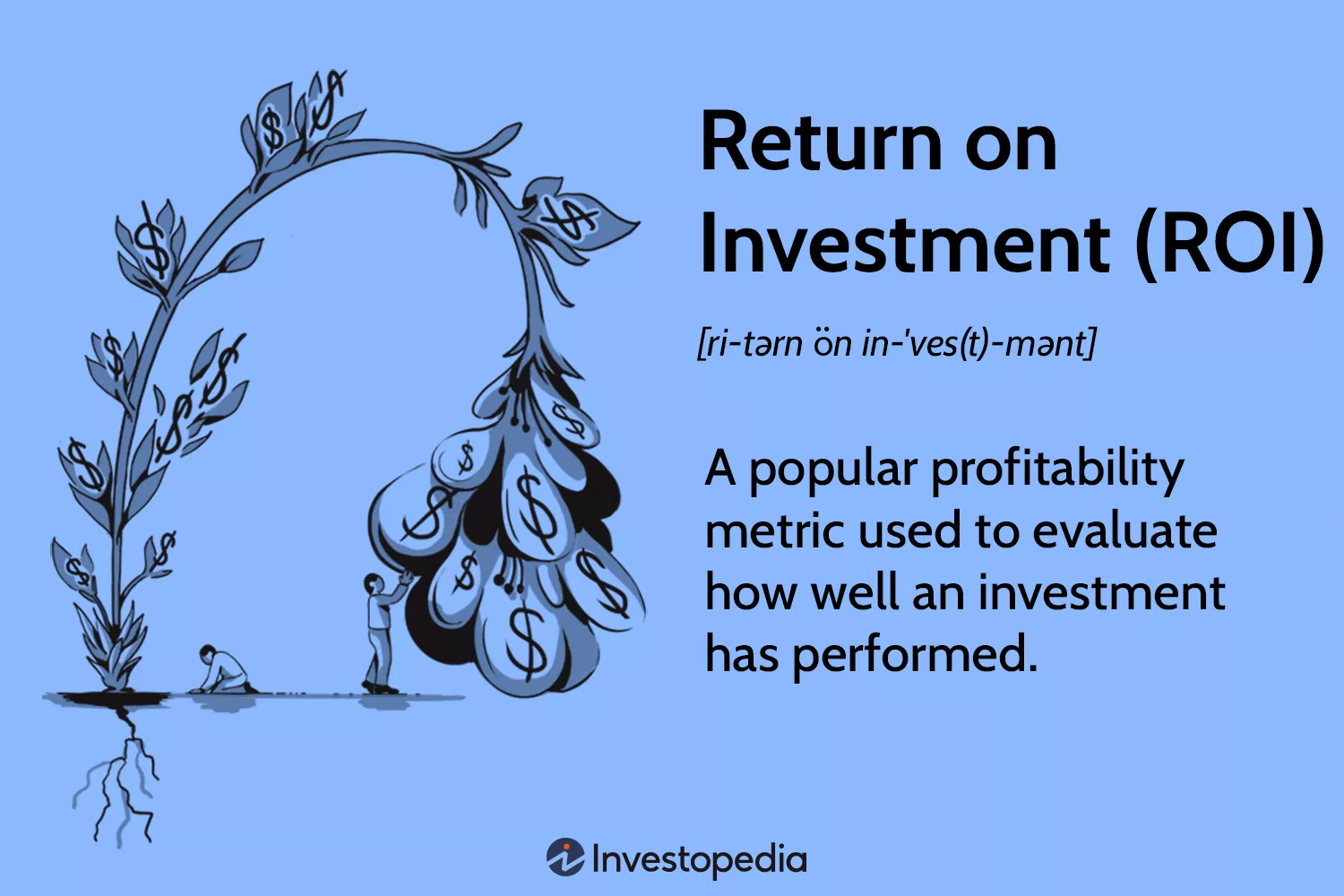How to Calculate ROI for Home Battery Storage Projects: A Comprehensive Guide
Investing in a home battery storage system can be a smart financial decision, but understanding the Return on Investment (ROI) is crucial before making a purchase. Whether you’re a homeowner looking to reduce electricity bills or a sustainability advocate aiming for energy independence, calculating ROI helps determine how long it will take to recoup your investment.
In this guide, we’ll break down the key factors affecting ROI for home battery storage projects, provide a step-by-step calculation method, and explore additional benefits that enhance long-term value.
Key Factors Affecting ROI for Home Battery Storage
1. Upfront Costs
The initial investment includes:
- Battery system cost (e.g., Tesla Powerwall, LG Chem, Sonnen)
- Installation fees (labor, permits, electrical upgrades)
- Inverter or hybrid system costs (if not included)
Prices vary based on capacity (kWh), brand, and regional labor rates.
2. Electricity Bill Savings
A home battery stores excess solar energy or charges during off-peak hours for later use, reducing reliance on grid electricity. Key savings come from:
- Golenie szczytowe (avoiding high electricity rates during peak demand)
- Time-of-use (TOU) arbitrage (buying low-cost electricity and using it during expensive hours)
- Reduced demand charges (for commercial users)
3. Government Incentives & Rebates
Many regions offer financial incentives, such as:
- Tax credits (e.g., U.S. federal ITC covers 30% of battery costs if paired with solar)
- Rebates & grants (e.g., California’s SGIP, Australia’s Home Battery Scheme)
- Net metering or feed-in tariffs (compensation for excess energy exported to the grid)
4. Battery Lifespan & Degradation
Most batteries last 10-15 years but lose capacity over time. A higher cycle life (number of charge-discharge cycles) improves ROI.
5. Maintenance & Replacement Costs
While modern batteries require minimal maintenance, eventual replacement costs should be factored into long-term ROI.
Step-by-Step ROI Calculation for Home Battery Storage
Step 1: Determine Total System Cost
Calculate the total upfront cost, including:
- Battery unit
- Installation & permits
- Additional hardware (e.g., inverters, wiring)
Example:
- Battery cost: $10,000
- Installation: $2,000
- Total cost: $12,000
Step 2: Subtract Incentives & Rebates
Apply available financial incentives to reduce net cost.
Example:
- 30% Federal ITC (U.S.): $3,600
- State rebate: $1,000
- Net cost after incentives: 12,000−4,600 = $7,400
Step 3: Estimate Annual Savings
Calculate yearly savings from:
- Reduced electricity bills (based on usage patterns & local rates)
- Earnings from grid services (if applicable)
Example:
- Monthly savings: $100
- Annual savings: $1,200
Step 4: Factor in Battery Degradation
If the battery loses 5% capacity per year, adjust savings accordingly.
Step 5: Calculate Payback Period & ROI
Divide the net cost by annual savings to find the payback period.
Formula:
Payback Period (Years)=Net Cost / Annual Savings
Example:
$7,400 / $1,200=6.2 years
ROI (%) Over 10 Years:
(Total Savings − Net Cost) / Net Cost ×100=($12,000−$7,400) / $7,400 ×100≈62%
Additional Benefits That Improve ROI
1. Increased Home Value
Homes with battery storage can see a 3-5% increase in property value (source: U.S. Department of Energy).
2. Energy Resilience & Backup Power
Avoid blackouts and power outages, especially in disaster-prone areas.
3. Environmental Impact
Reducing grid dependence lowers the carbon footprint, contributing to sustainability goals.
4. Future-Proofing Against Rising Energy Costs
As electricity prices rise, savings from battery storage increase over time.
Conclusion: Is Home Battery Storage Worth It?
Calculating the return on investment (ROI) for a home battery storage project involves analyzing upfront costs, incentives, electricity savings, and the battery’s lifespan. While payback periods typically range from 5 to 10 years, additional benefits, such as energy independence and increased home value, enhance long-term returns.
For homeowners with solar panels, high electricity rates, or access to incentives, battery storage is a financially sound investment.

